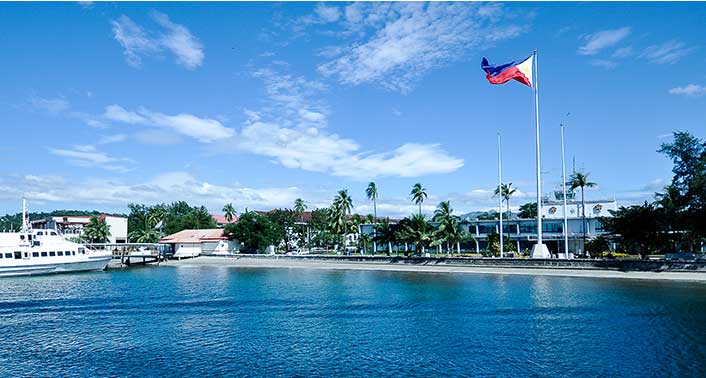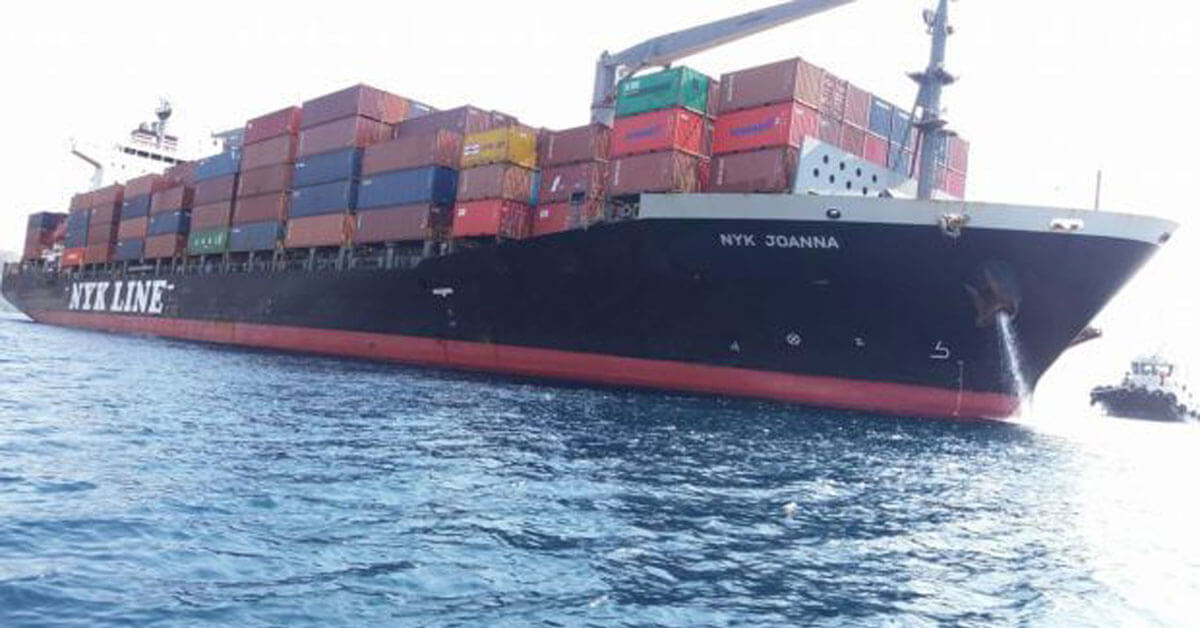PH joins global call: Ban plastic pollution
Posted 7 years ago
 |
| EARTHY BEAUTIES Candidates for the Limgas na Pangasinan beauty title plant propagules at the provincial mangrove nursery in Bolinao town on Sunday as part of the nationwide celebration of Earth Day. —WILLIE LOMIBAO |
The Philippines focused on the cleanup of Boracay on Sunday as it joined other countries in highlighting the global problem of plastic pollution on Earth Day.
“This year’s observance of Earth Day in the Philippines has stricken a resonant chord with the government’s resolve to clean [up] and restore Boracay Island to its previous stature as one of the most beautiful and pristine beaches of the world,” presidential spokesperson Harry Roque said in a statement.
In his State of the Environment Address, the message of Environment Secretary Roy Cimatu was: The time when Filipinos could simply turn a blind eye to crimes against Mother Nature is now over.
The speech was read by Undersecretary Rodolfo Garcia to a sea of advocates decked out in sundry shades of green who were gathered for Earth Day festivities.
“Environmental abuse persists because there are those who allow, if not encourage, irresponsibility to proceed with impunity,” Cimatu said.
“We must cease being tolerant of environmental abuse, and take active part in the strict enforcement of environmental laws, rules, regulations and ordinances,” he added.
Earth Day theme
The speech was delivered at Harbour Park, Pasay City, set against the backdrop of Manila Bay, which has long been a dumping ground for the city’s waste—the perfect foil for this year’s Earth Day theme, “Green the Cities, Green the Oceans.”
Cimatu said the Department of Environment and Natural Resources (DENR) was not surprised when President Rodrigo Duterte branded Boracay a “cesspool” in February and ordered its temporary closure.
He said the DENR had been warning the public about the tourism hot spot’s ill fate for years.
“Why were our warnings not heeded?” he asked. “If the Philippines has been celebrating Earth Day since 1990, or for 28 years now, why do the environmental problems plaguing Boracay and other areas persist?”
Citizens also to blame
The answer Cimatu arrived at was that the blame could not rest solely on the shoulders of Boracay’s local government, or on duty-bearers anywhere—but also on every citizen and visitor who had tolerated environmental abuse, and who should take it upon themselves to make environmental protection “a way of life.”
The environment secretary vowed to restore Boracay’s “former robust ecology,” saying he would not stop until the island became “a liveable community.”
This year’s Earth Day celebration was punctuated by a call to end plastic pollution in the oceans by reducing waste from single-use plastics.
Cimatu cited an Ocean Conservancy and McKinsey Center for Business and Environment report in September 2015 that ranked the Philippines third among the highest sources of plastic pollution in global waters, after China and Indonesia.
Banning plastic straws
The world’s plastic pollution problem is so large that banning plastic straws and stirrers may not be enough, according to scientists.
Australian scientists Denise Hardesty and Chris Wilcox estimate, using trash collected on US coastlines during cleanups over five years, that there are nearly 7.5 million plastic straws lying around America’s shorelines.
They reckon 437 million to 8.3 billion plastic straws are on the entire world’s coastlines.
But that huge number suddenly seems small when you look at all the plastic trash bobbing around oceans.
A University of Georgia environmental engineering professor, Jenna Jambeck, calculates that nearly 8 million metric tons end up in the world’s oceans and coastlines each year, as of 2010.
That’s just in and near oceans. Each year 31.9 million metric tons of plastic pollution are produced around Earth and about a quarter of that ends up around the water.
“For every pound of tuna we’re taking out of the ocean, we’re putting two pounds of plastic in the ocean,” says ocean scientist Sherry Lippiatt, California regional coordinator for National Oceanic and Atmospheric Administration’s marine debris program.
Seabirds can ingest as much as 8 percent of their body weight in plastic, which for humans “is equivalent to the average woman having the weight of two babies in her stomach,” says Hardesty of Australia’s Commonwealth Scientific and Industrial Research Organisation. —With reports from Christine O. Avendaño and AP
Source: newsinfo.inquirer.net





































Loading Comment